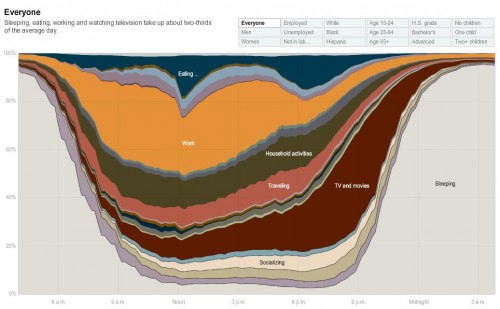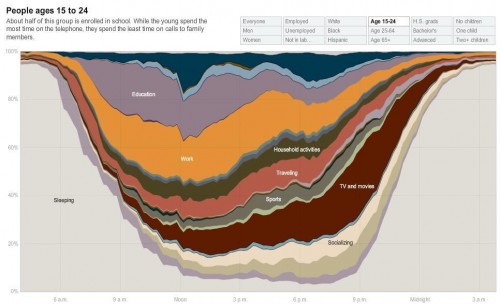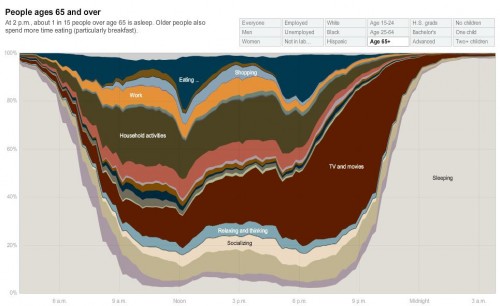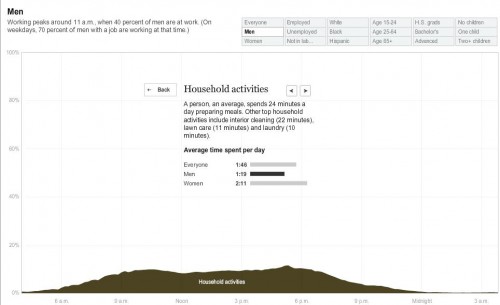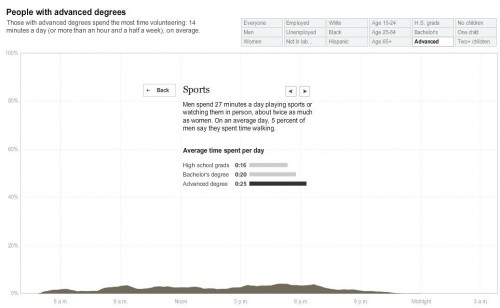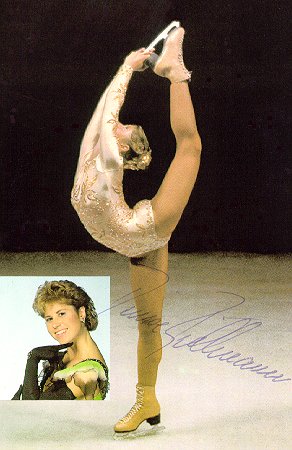This is not a major social issue, and I am not going to make it one. Rather, I think the way this story is being presented in the media effectively illustrates how race matters and is constructed in particular social contexts. Among track and field (“athletics”) aficionados, the 100 meters is frequently considered the premier event. At the elite level, the 100 meters is a power sprint, measuring fast twitch, explosive, kinetic energy manifested through meticulously honed technique.
For males, breaking the 10-second mark is still a colossal accomplishment. One might not think so since track and field doesn’t get much media attention in general (at least not in the United States), and when it does, we’re now more accustomed to watching Usain Bolt blast away his competitors, seemingly cruising to numerous sub-10-second performances (his world record currently stands at 9.58). A few weeks ago sprinter Christophe Lemaitre won France’s national competition with a time of 9.98 second, squeaking below that 10-second mark. A typical headline of Lemaitre’s accomplishment (from Reuters.com, July 9, 2010):
Lemaitre first white man to run 100m in under 10 seconds
And from the article:
PARIS (Reuters) – France’s Christophe Lemaitre became the first white man to run the 100 meters in under 10 seconds when he clocked 9.98 on Friday, the French athletics federation said.
Lemaitre, 20, set his time during the French championships in Valence, southern France.
“He is the first white man to run the 100 meters in less than 10 seconds,” Jean-Philippe Manzelle, French athletics Federation press officer, told Reuters.
There have been other white sprinters who have excelled at the world level in recent years. Lolo Jones comes to mind in the 100m hurdles; Jeremy Wariner dominated the open 400m in recent years. And if we’re talking sprinters of “outlier” ethnicities in general, Liu Xiang of China recently held the world record in the 110m hurdles. But the early discourse around Lemaitre could be a bit more pointed in the way he is being constructed through the media as a great white hope.
When should race matter in sport, and when it does, how should it be discussed? In this case, at the very least, Lemaitre’s race is framed such that his being “white” is of greater importance than his win. As the track and field season moves on and should Lemaitre continue to run sub-10-second times, I expect to see increased media coverage about his whiteness. He is not going to beat Usain Bolt or America’s top sprinters at international competitions. But on the European circuit, I expect he will make waves. Mainstream media discussion of his success or failure should be interesting to follow.
————————-
David Mayeda is adjunct faculty at Hawaii Pacific University in the Department of Sociology and Legal Studies, where he will also come on board as Assistant Professor this coming fall semester. His recent book publications include Celluloid Dreams: How Film Shapes America and Fighting for Acceptance: Mixed Martial Artists and Violence in American Society. He also blogs at The Grumpy Sociologist.
If you would like to write a post for Sociological Images, please see our Guidelines for Guest Bloggers.
Lisa Wade, PhD is an Associate Professor at Tulane University. She is the author of American Hookup, a book about college sexual culture; a textbook about gender; and a forthcoming introductory text: Terrible Magnificent Sociology. You can follow her on Twitter and Instagram.


